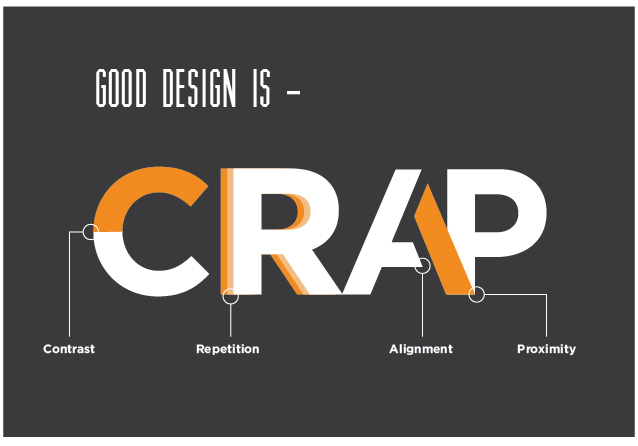As I have learned more about my chosen field (Broadcasting) in my time here at Susquehanna I have had to consider semiotics in terms of multimedia projects for classes. Semiotics is the study of signs and symbols, and Kress adds that this theory also “…deals with meaning in all its appearances” (2). Semiotics plays an important…
1) Text: Digital vs Print
As we discussed in class, and as many have come to realize, there is no one specific way to describe Digital Publishing. There is not one single term that describes digital publishing, the industry, or the producers of such, though Google still provides a definition that states “Digital publishing, also known as electronic publishing or e-publishing, is any…
Blog Post 2: Rhetorical Design Choices

This prompt is adapted from Writer/Designer. Try the exercise here to analyze a webtext of your choosing. Visit your favorite website, app, online journal, magazine, newspaper, or other digital text. Notice the information on the landing page. Why do you think it was chose? What does it say about the primary intended audience and its…
Pros and Cons of Digital vs Print
Digital publishing and print publishing are alike in some ways, because many times they contain the same types of media; text and images. However, they present media in very different ways. Print publishing mainly focuses on the page and often relies on the viewer to turn the page to read a footnote or a cross-reference….
1: Digital Stewardship
I was very interested in the idea of stewardship following our class discussion. Particularly, its role in the process of digital publishing. In The Complexity of the Digital Text, Okkerse mentions the “unseen complexity involved in digital publishing”. Perhaps the most unseen and complex occupation in the realm of digital publishing is stewardship. According to…